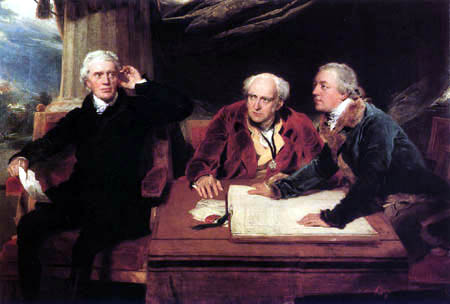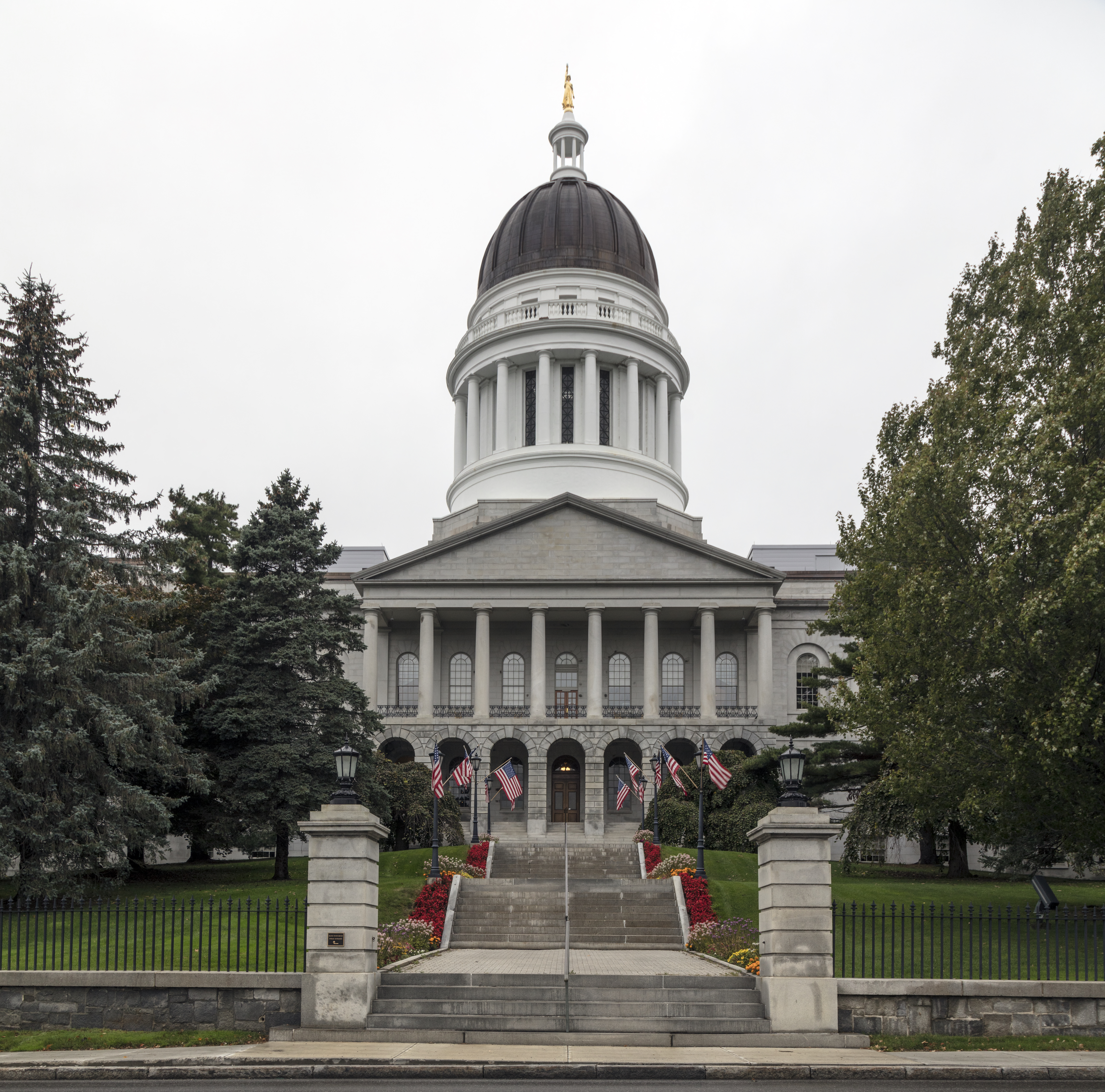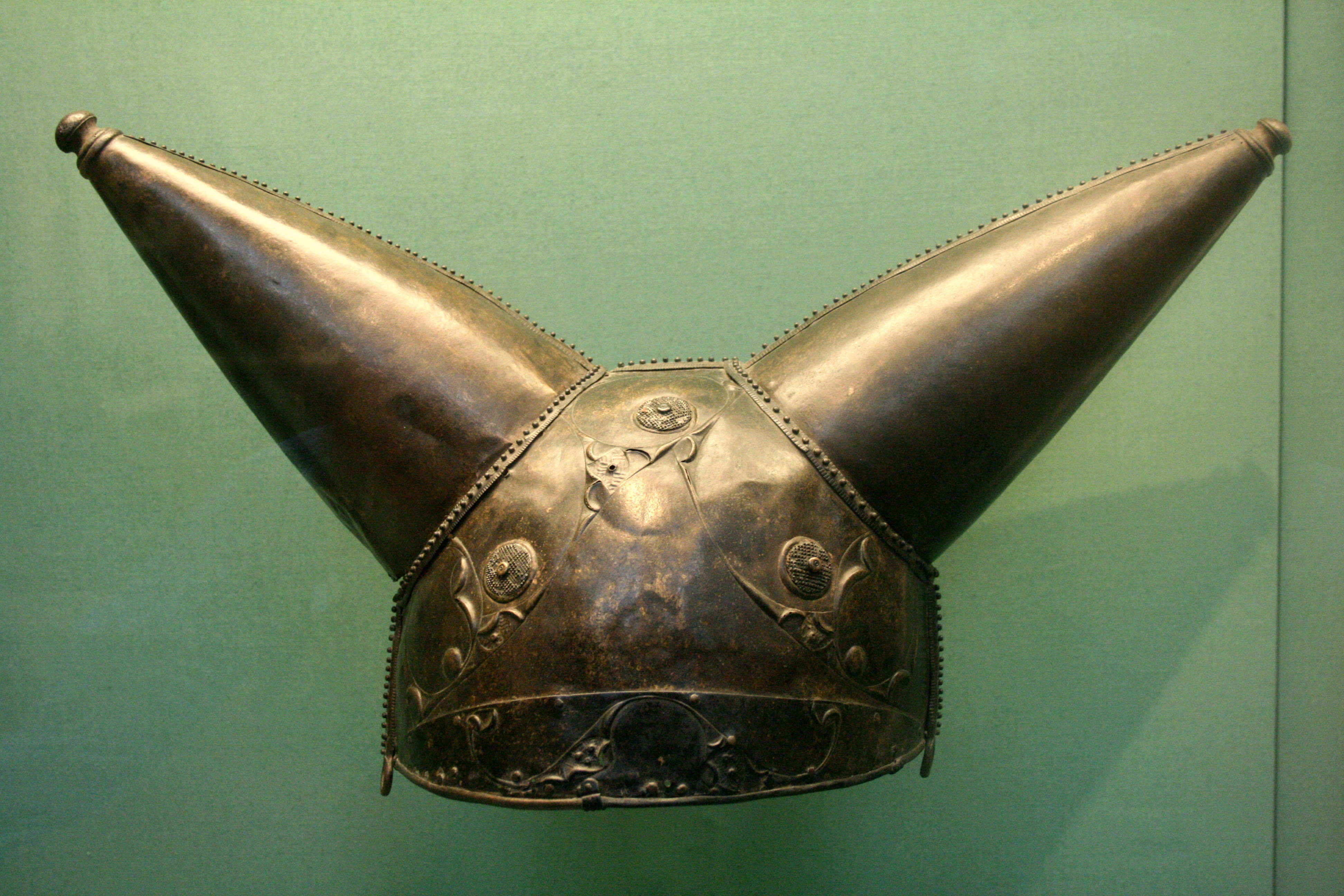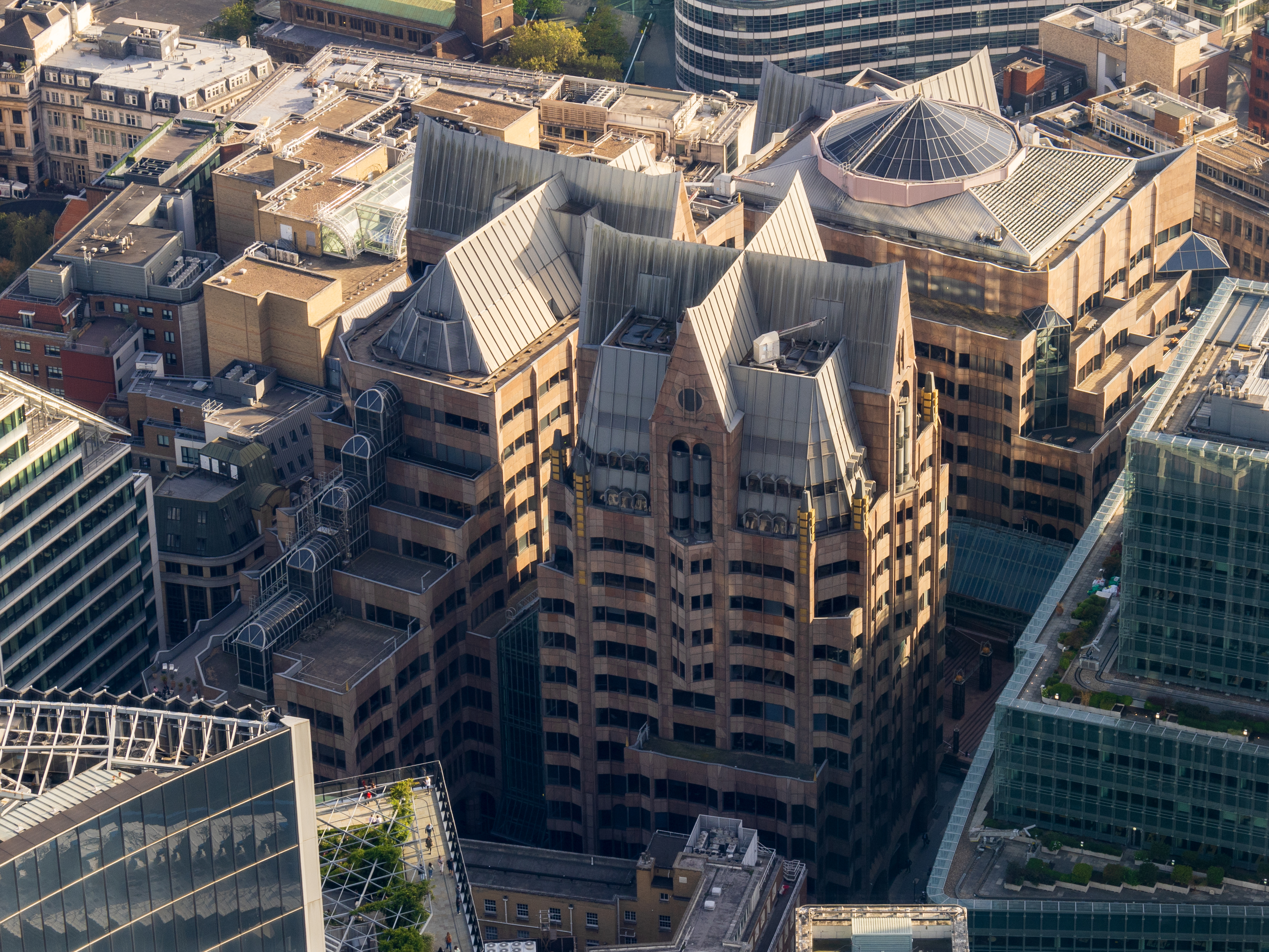|
Baring Brothers
Barings Bank was a British merchant bank based in London. It was one of England's oldest merchant banks after Berenberg Bank, Barings' close collaborator and German representative. It was founded in 1762 by Francis Baring, a British-born member of the German–British Baring family of merchants and bankers. The bank collapsed in 1995 after suffering losses of £827 million (£ billion in ) resulting from fraudulent investments, primarily in futures contracts, conducted by its employee Nick Leeson working at its office in Singapore. History 1762–1889 Barings Bank was founded in 1762 as the John and Francis Baring Company by Sir Francis Baring, 1st Baronet, with his older brother John Baring as a mostly silent partner. They were sons of John (né Johann) Baring, wool trader of Exeter, born in Bremen, Germany. The company started business in offices off Cheapside in London, and within a few years moved to larger quarters in Mincing Lane.D. Kinaston. The City of London, Vo ... [...More Info...] [...Related Items...] OR: [Wikipedia] [Google] [Baidu] |
Banking
A bank is a financial institution that accepts Deposit account, deposits from the public and creates a demand deposit while simultaneously making loans. Lending activities can be directly performed by the bank or indirectly through capital markets. As banks play an important role in financial stability and the economy of a country, most jurisdictions exercise a high degree of Bank regulation, regulation over banks. Most countries have institutionalized a system known as fractional-reserve banking, under which banks hold liquid assets equal to only a portion of their current liabilities. In addition to other regulations intended to ensure accounting liquidity, liquidity, banks are generally subject to minimum capital requirements based on an international set of capital standards, the Basel Accords. Banking in its modern sense evolved in the fourteenth century in the prosperous cities of Renaissance Italy but, in many ways, functioned as a continuation of ideas and concepts o ... [...More Info...] [...Related Items...] OR: [Wikipedia] [Google] [Baidu] |
Exeter
Exeter ( ) is a City status in the United Kingdom, cathedral city and the county town of Devon in South West England. It is situated on the River Exe, approximately northeast of Plymouth and southwest of Bristol. In Roman Britain, Exeter was established as the base of Legio II Augusta under the personal command of Vespasian. Exeter became a religious centre in the Middle Ages. Exeter Cathedral, founded in the mid 11th century, became Anglicanism, Anglican in the 16th-century English Reformation. Exeter became an affluent centre for the wool trade, although by the First World War the city was in decline. After the Second World War, much of the city centre was rebuilt and is now a centre for education, business and tourism in Devon and Cornwall. It is home to two of the constituent campuses of the University of Exeter: Streatham Campus, Streatham and St Luke's Campus, St Luke's. The administrative area of Exeter has the status of a non-metropolitan district under the administ ... [...More Info...] [...Related Items...] OR: [Wikipedia] [Google] [Baidu] |
Sir Thomas Baring, 2nd Baronet
Sir Thomas Baring, 2nd Baronet (12 June 1772 – 3 April 1848), was a British banker and Member of Parliament. Early life Baring was born on 12 June 1772. A member of the Baring family, he was the eldest son of Harriet (née Herring) Baring and Sir Francis Baring, 1st Baronet, founder of Barings Bank. His grandfather, John (Johann) Baring, had emigrated from Germany and established the family in England. His maternal grandfather was merchant William Herring of Croydon and among his mother's family was her cousin, Thomas Herring, Archbishop of Canterbury. Career From 1790 and 1801, he worked with the Honourable East India Company. Thomas became a partner in Baring Brothers & Co. in 1804, remaining until 1809. Upon his father's death in, 1810, he succeeded Sir Francis Baring, 1st Baronet. After his early career with the bank, Sir Thomas was elected a British Member of Parliament for the constituencies of High Wycombe and Hampshire until 1831. From 1832 to 1833 he was ... [...More Info...] [...Related Items...] OR: [Wikipedia] [Google] [Baidu] |
Maine
Maine ( ) is a U.S. state, state in the New England region of the United States, and the northeasternmost state in the Contiguous United States. It borders New Hampshire to the west, the Gulf of Maine to the southeast, and the Provinces and territories of Canada, Canadian provinces of New Brunswick and Quebec to the northeast and northwest, and shares a maritime border with Nova Scotia. Maine is the largest U.S. state, state in New England by total area, nearly larger than the combined area of the remaining five states. Of the List of states and territories of the United States, 50 U.S. states, it is the List of U.S. states and territories by area, 12th-smallest by area, the List of U.S. states and territories by population, 9th-least populous, the List of U.S. states by population density, 13th-least densely populated, and the most rural. Maine's List of capitals in the United States, capital is Augusta, Maine, Augusta, and List of municipalities in Maine, its most populous c ... [...More Info...] [...Related Items...] OR: [Wikipedia] [Google] [Baidu] |
Thomas Hope (1704–1779)
Thomas Hope (1704, Rotterdam – 26 December 1779, Amsterdam) was a successful and gifted Dutch banker in the 18th century. He is considered as the main author of a proposal to the States-General of the Netherlands, States-General and the Admiralty to improve Holland's diminishing trade position through abolition of the export tax and lowering import tax. In 1752 he was the main investor in the VOC. As a Quaker - rejecting war and violence - and dissenter he was not allowed to official governmental jobs, but in 1756 at the beginning of the Seven Years' War he joined the Presbyterians and was appointed as manager by Anne, Princess Royal and Princess of Orange, Anne of Hanover. In 1762 he founded Hope & Co. In 1766 he was representing the stadtholder in all the chambers of the Dutch East India Company, VOC. Adam Smith dedicated the fourth edition of his Inquiry into the Nature and Causes of the Wealth of Nations (1776) to Thomas Hope. Family The Hope family originally came from ... [...More Info...] [...Related Items...] OR: [Wikipedia] [Google] [Baidu] |
Seven Years' War
The Seven Years' War, 1756 to 1763, was a Great Power conflict fought primarily in Europe, with significant subsidiary campaigns in North America and South Asia. The protagonists were Kingdom of Great Britain, Great Britain and Kingdom of Prussia, Prussia versus Kingdom of France, France and Habsburg monarchy, Austria, the respective coalitions receiving by countries including Portuguese Empire, Portugal, Spanish Empire, Spain, Electorate of Saxony, Saxony, Age of Liberty, Sweden, and Russian Empire, Russia. Related conflicts include the Third Silesian War, French and Indian War, Carnatic wars, Third Carnatic War, Anglo-Spanish War (1762–1763), Anglo-Spanish War (1762–1763), and Spanish–Portuguese War (1762–1763), Spanish–Portuguese War. Although the War of the Austrian Succession ended with the Treaty of Aix-la-Chapelle (1748), none of the signatories were happy with the terms, and it was generally viewed as a temporary armistice. It led to a strategic realignment kn ... [...More Info...] [...Related Items...] OR: [Wikipedia] [Google] [Baidu] |
Dutch East India Company (VOC)
The United East India Company ( ; VOC ), commonly known as the Dutch East India Company, was a chartered trading company and one of the first joint-stock companies in the world. Established on 20 March 1602 by the States General of the Netherlands amalgamating existing companies, it was granted a 21-year monopoly to carry out trade activities in Asia. Shares in the company could be purchased by any citizen of the Dutch Republic and subsequently bought and sold in open-air secondary markets (one of which became the Amsterdam Stock Exchange). The company possessed quasi-governmental powers, including the ability to wage war, imprison and execute convicts, negotiate treaties, strike its own coins, and establish colonies. Also, because it traded across multiple colonies and countries from both the East and the West, the VOC is sometimes considered to have been the world's first multinational corporation. Statistically, the VOC eclipsed all of its rivals in the Asian trade. B ... [...More Info...] [...Related Items...] OR: [Wikipedia] [Google] [Baidu] |
Amsterdam
Amsterdam ( , ; ; ) is the capital of the Netherlands, capital and Municipalities of the Netherlands, largest city of the Kingdom of the Netherlands. It has a population of 933,680 in June 2024 within the city proper, 1,457,018 in the City Region of Amsterdam, urban area and 2,480,394 in the Amsterdam metropolitan area, metropolitan area. Located in the Provinces of the Netherlands, Dutch province of North Holland, Amsterdam is colloquially referred to as the "Venice of the North", for its canals of Amsterdam, large number of canals, now a World Heritage Site, UNESCO World Heritage Site. Amsterdam was founded at the mouth of the Amstel River, which was dammed to control flooding. Originally a small fishing village in the 12th century, Amsterdam became a major world port during the Dutch Golden Age of the 17th century, when the Netherlands was an economic powerhouse. Amsterdam was the leading centre for finance and trade, as well as a hub of secular art production. In the 19th ... [...More Info...] [...Related Items...] OR: [Wikipedia] [Google] [Baidu] |
Hope & Co
Hope & Co. was a Dutch bank that existed for two and a half centuries. The bank was located in Amsterdam until 1795; originally it concentrated on Great Britain. From 1750 it played a major part in the finances of the Dutch East India Company (VOC) through Thomas Hope (1704-1779), Thomas Hope and his brother Adrian. During the Seven Years' War (1756–1763) the Hope brothers profited from the Netherlands' neutral position and became very wealthy. The Hopes became heavily involved in the Dutch Caribbean, and Danish West Indies. They specialised in plantation loans, in which the entire produce of the plantation was remitted to the lender, who would supervise its sale in order to secure repayment. In this way, the Hopes helped the plantation economy to become integrated into a global network of financiers and consumers. The Hope family were among the richest in Europe at the time. The family business focused on financing commercial transactions and especially on issuing money loans ... [...More Info...] [...Related Items...] OR: [Wikipedia] [Google] [Baidu] |
History Of Slavery
The history of slavery spans many cultures, nationalities, and Slavery and religion, religions from ancient times to the present day. Likewise, its victims have come from many different ethnicities and religious groups. The social, economic, and legal positions of slaves have differed vastly in different systems of slavery in different times and places. Slavery has been found in some hunter-gatherer populations, particularly as hereditary slavery, but the conditions of agriculture with increasing social and economic complexity offer greater opportunity for mass chattel slavery. Slavery was institutionalized by the time the first civilizations emerged (such as Sumer in Mesopotamia, which dates back as far as 3500 BC). Slavery features in the Mesopotamian ''Code of Hammurabi'' (c. 1750 BC), which refers to it as an established institution. Slavery was widespread in the ancient world in Europe, Asia, the Middle East, and Africa. and the Americas. Slavery became less common thro ... [...More Info...] [...Related Items...] OR: [Wikipedia] [Google] [Baidu] |
City Of London
The City of London, also known as ''the City'', is a Ceremonial counties of England, ceremonial county and Districts of England, local government district with City status in the United Kingdom, city status in England. It is the Old town, historic centre of London, though it forms only a small part of the larger Greater London metropolis. The City of London had a population of 8,583 at the 2021 United Kingdom census, 2021 census, however over 500,000 people were employed in the area as of 2019. It has an area of , the source of the nickname ''the Square Mile''. The City is a unique local authority area governed by the City of London Corporation, which is led by the Lord Mayor of London, Lord Mayor of the City of London. Together with Canary Wharf and the West End of London, West End, the City of London forms the primary central business district of London, which is one of the leading financial centres of the world. The Bank of England and the London Stock Exchange are both ba ... [...More Info...] [...Related Items...] OR: [Wikipedia] [Google] [Baidu] |
Mincing Lane
Mincing Lane is a short one-way street in the City of London linking Fenchurch Street to Great Tower Street. In the late 19th century it was the world's leading centre for tea and spice trading. Etymology Its name is a corruption of Mynchen Lane, so-called from the tenements held there by the Benedictine ''mynchens'' or nuns of the nearby St Helen's Bishopsgate church (from ''Minicen'', Anglo-Saxon for a nun; ''minchery'', a nunnery). ''A Dictionary of London'' by Henry A. Harben (1918) describes it as follows: Mincing Lane :North out of Great Tower Street to Fenchurch Street at No. 42 (P.O. Directory). In Tower and Langbourn Wards. :Earliest mention: "Menechinelane," 1273-4 (Ct. H.W. I. 17). :Other forms of name: "Mengenelane," 1290-1 (ib. 95). "Mangonelane," 1291 (ib. 96). "Monechenelane," 1291 (ib. 101). "Menchenelane," 1294-5 (ib. 119). "Manionelane," 1295 (ib. 121) and 1311 (Cal. L. Bk. D. p. 77). "Menchonelane," 1304 (Ct. H.W. I. 162). "Manchonlane," 1306-7 (ib. 184 ... [...More Info...] [...Related Items...] OR: [Wikipedia] [Google] [Baidu] |









